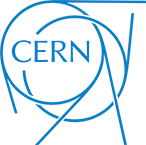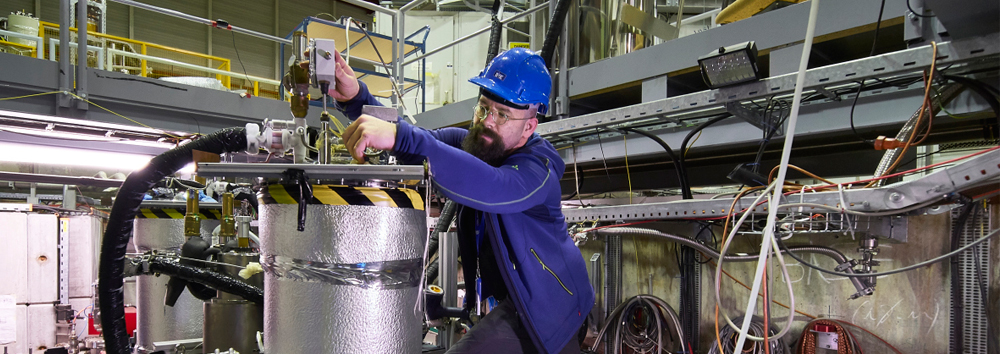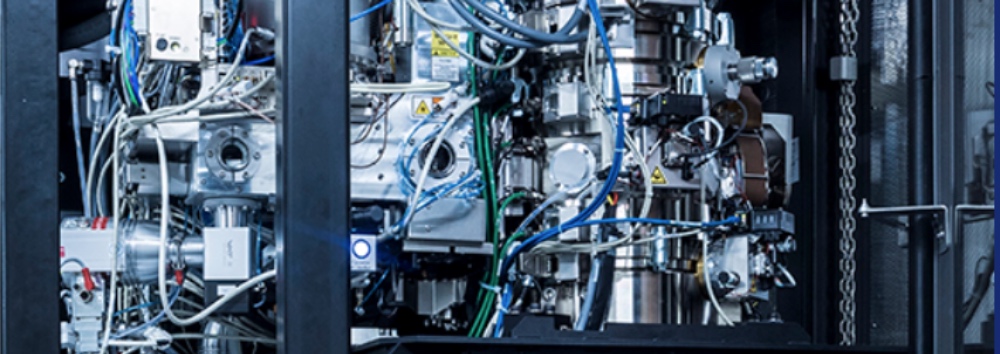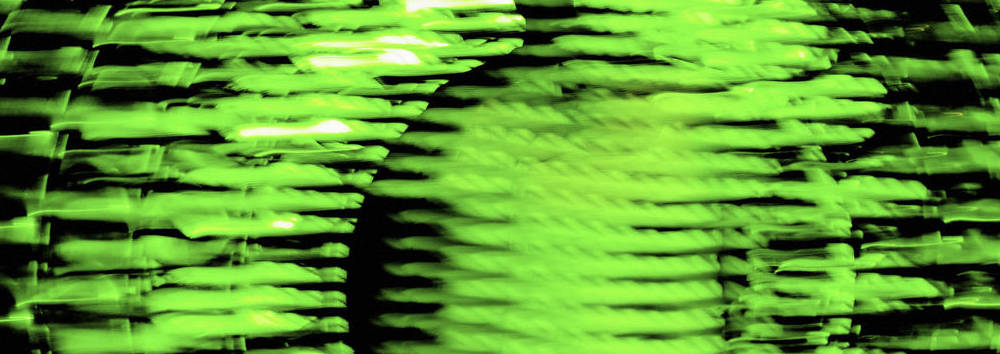Dark matter and the imbalance between matter and antimatter are two of the biggest mysteries of the universe. Astronomical observations tell us that dark matter makes up most of the matter in the cosmos but we do not know what it is made of. On the other hand, theories of the early universe predict that both antimatter and matter should have been produced in equal amounts, yet for some reason matter prevailed. Could there be a relation between this matter–antimatter asymmetry and dark matter?
In a paper published today in the journal Nature, the BASE collaboration reports the first laboratory search for an interaction between antimatter and a dark-matter candidate, the hypothetical axion. A possible interaction would not only establish the origin of dark matter, but would also revolutionise long-established certainties about the symmetry properties of nature. Working at CERN’s antimatter factory, the BASE team obtained the first laboratory-based limits on the existence of dark-matter axions, assuming that they prefer to interact with antimatter rather than with matter.
Axions were originally introduced to explain the symmetry properties of the strong force, which binds quarks into protons and neutrons, and protons and neutrons into nuclei. Their existence is also predicted by many theories beyond the Standard Model, notably superstring theories. They would be light and interact very weakly with other particles. Being stable, axions produced during the Big Bang would still be present throughout the universe, possibly accounting for observed dark matter. The so-called wave–particle duality of quantum mechanics would cause the dark-matter axion’s field to oscillate, at a frequency proportional to the axion’s mass. This oscillation would vary the intensity of this field’s interactions with matter and antimatter in the laboratory, inducing periodic variations in their properties.

About CERN
Founded in 1954, CERN is the European laboratory for particle physics. Sitting astride the Franco-Swiss border near Geneva, it was one of Europe’s first joint ventures and now has 22 member states. CERN operates a unique range of particle accelerators that enable research into the fundamental particles and laws of the Universe, including the Large Hadron Collider (LHC), the largest scientific instrument on Earth. The 60-year history of CERN is marked with impressive achievements in the construction and operation of powerful linear and circular accelerators. Moreover, CERN offers unique infrastructures for the development of the most sensitive particle detectors in the world, including the four main LHC detectors – ATLAS, CMS, ALICE and LHCb. General-purpose test beam lines provide beams of electrons, muons and hadrons in a very wide energy range for testing the detectors used in the LHC and in its major upgrade, the High-Luminosity LHC, as well as in future colliders and in neutrino experiments.
© CERN Dark matter and the imbalance between matter and antimatter are two of the biggest mysteries of the universe. Astronomical observations tell us that dark matter makes up most of the matter in the cosmos but we do not know what it is made of. On the other hand, theories of the early universe predict that both […]



